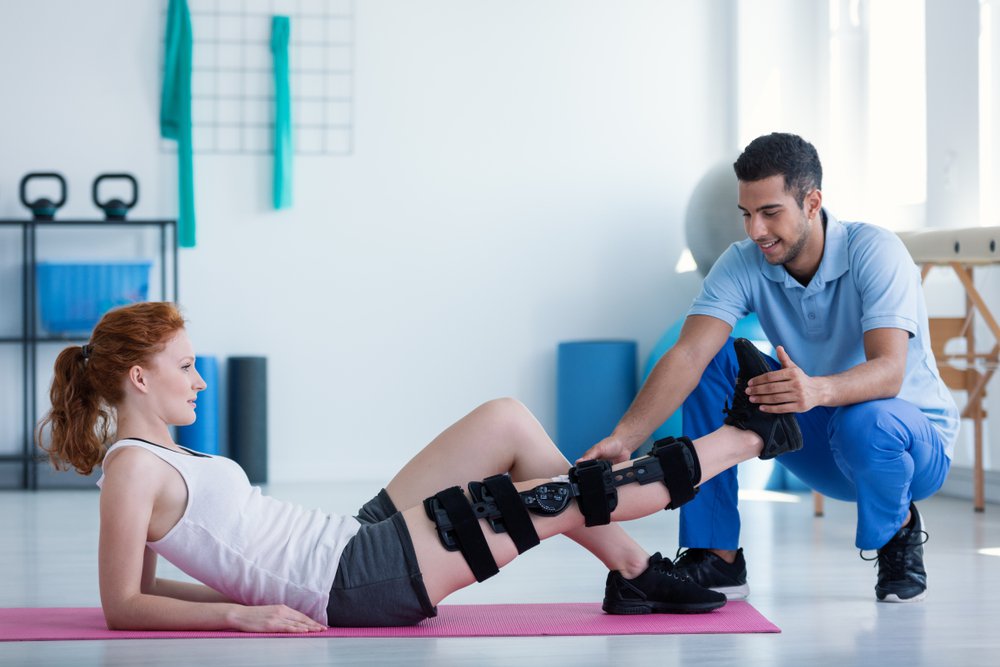Breathing difficulties, or difficulty breathing, is a common issue that many people face, especially those with chronic lung conditions, heart problems, or other medical concerns. In physical therapy sessions, addressing dyspnea is essential for helping clients enhance their overall quality of life. By utilizing specific techniques and strategies, physical therapists can assist patients in managing their breathing difficulties. Understanding these effective approaches can enable both therapists and patients to work together more efficiently in addressing obstacles related to breathing difficulties.
One of the main techniques used to alleviate dyspnea in physical therapy is the practice of controlled breathing exercises. These exercises often focus on diaphragmatic breathing, which promotes patients to use their breathing muscle rather than their upper chest muscles when inhaling. This method helps to maximize lung volume and effectiveness. Additionally, pursed lip breathing is another technique that can be helpful. This technique involves inhaling through the nose and exhaling slowly through compressed lips, which can help to keep airways open longer and render breathing feel more manageable. By including these activities into therapy sessions, physical therapists can provide patients with tools to manage their dyspnea both during and beyond of their appointments.
Another important aspect of controlling breathing difficulties in physical therapy is the development of an personalized exercise regimen. Tailoring exercises to satisfy the specific needs and capabilities of each patient is essential. Therapists should gradually integrate aerobic activities, such as walking or biking, in a structured manner, allowing patients to build their endurance over time. This incremental approach helps patients to feel more comfortable with fitness activity while simultaneously improving their lung function and overall endurance. It is important for therapists to monitor patients carefully during these activities to ensure they are not overworking themselves, which could result to increased shortness of breath.
Education also plays a significant role in alleviating breathing difficulties during physical therapy sessions. Providing patients with information about their ailment and the factors behind dyspnea can empower them to take control of their health. Therapists can describe how factors like anxiety, posture, and surrounding conditions can influence breathing. By understanding these concepts, patients can learn to manage their issues more effectively. Techniques such as stress reduction strategies and proper body mechanics can further assist in reducing the effects of dyspnea during daily activities and therapy sessions.
In summary, effectively alleviating breathing difficulties in physical therapy appointments involves a combination of breathing exercises, personalized exercise programs, and patient teaching. By implementing these efficient approaches, physical therapists can assist patients manage their breathing difficulties and improve their overall well-being. Working together between therapists and patients is crucial to create tailored interventions that address specific needs. With the appropriate support and techniques, patients can experience relief from breathing difficulties and participate more fully in their physical therapy journey, eventually leading to Visit Website a better standard of life.

Comments on “Effective Approaches for Reducing Dyspnea in Physiotherapeutic Therapy Appointments”